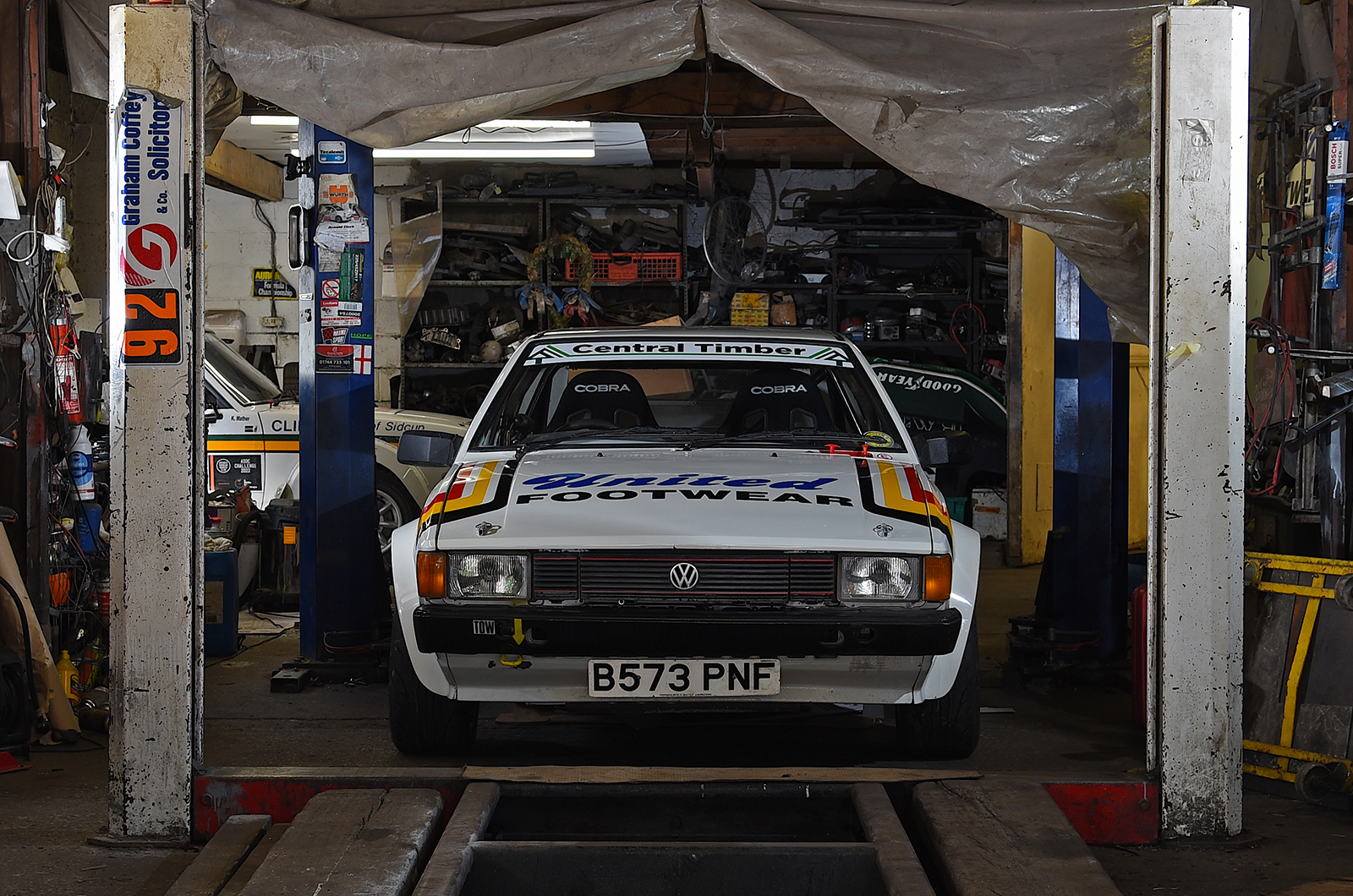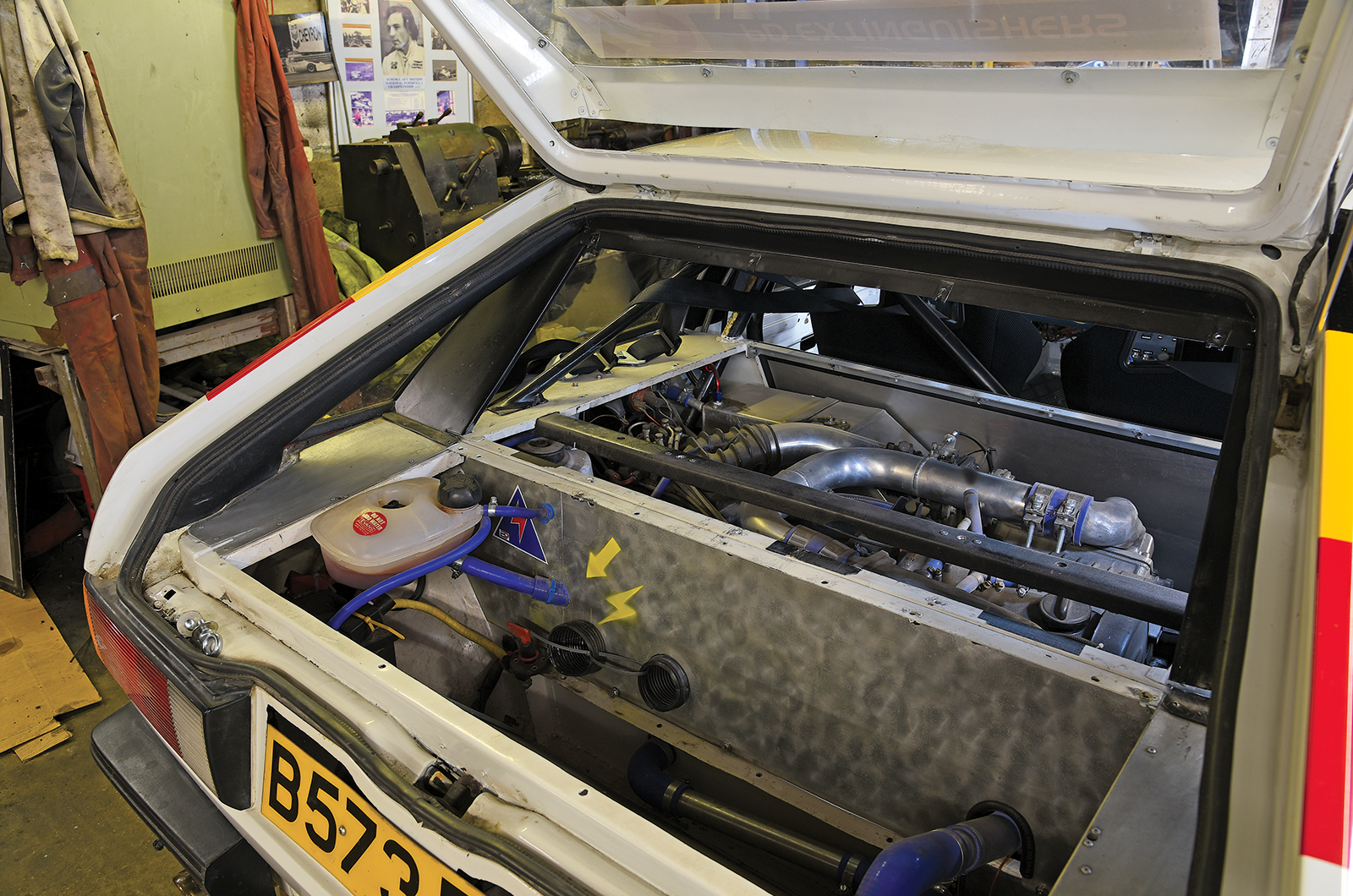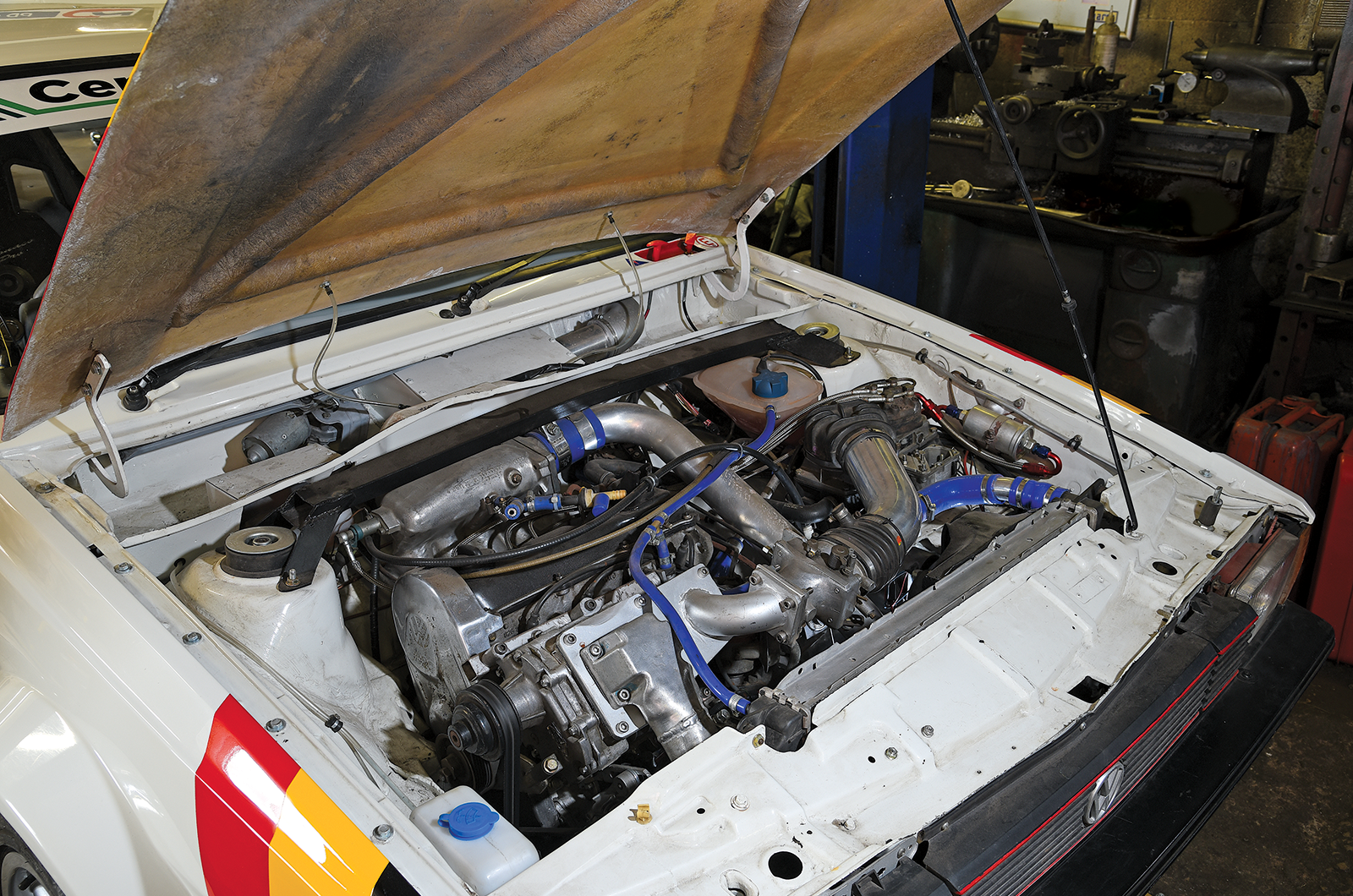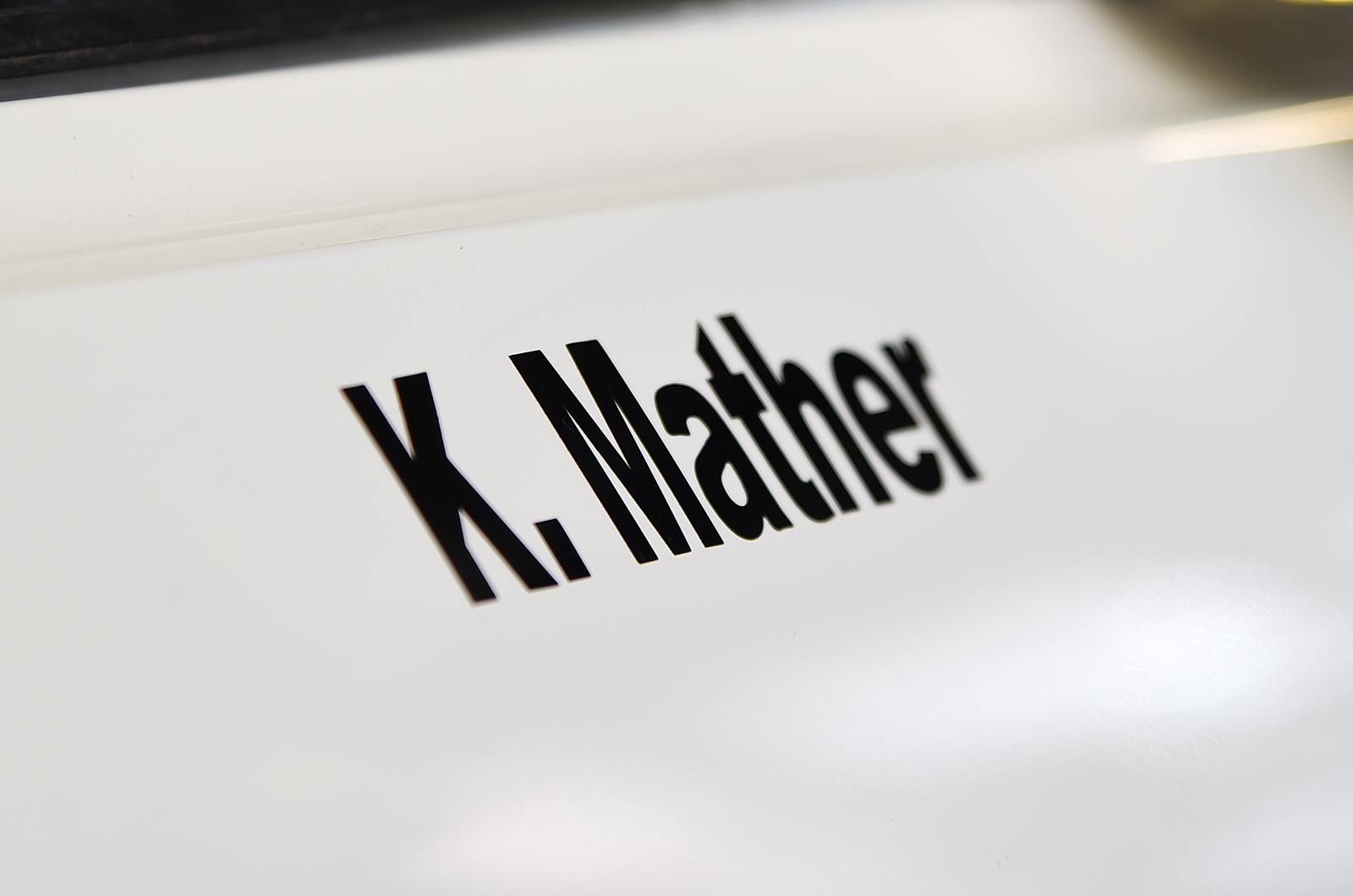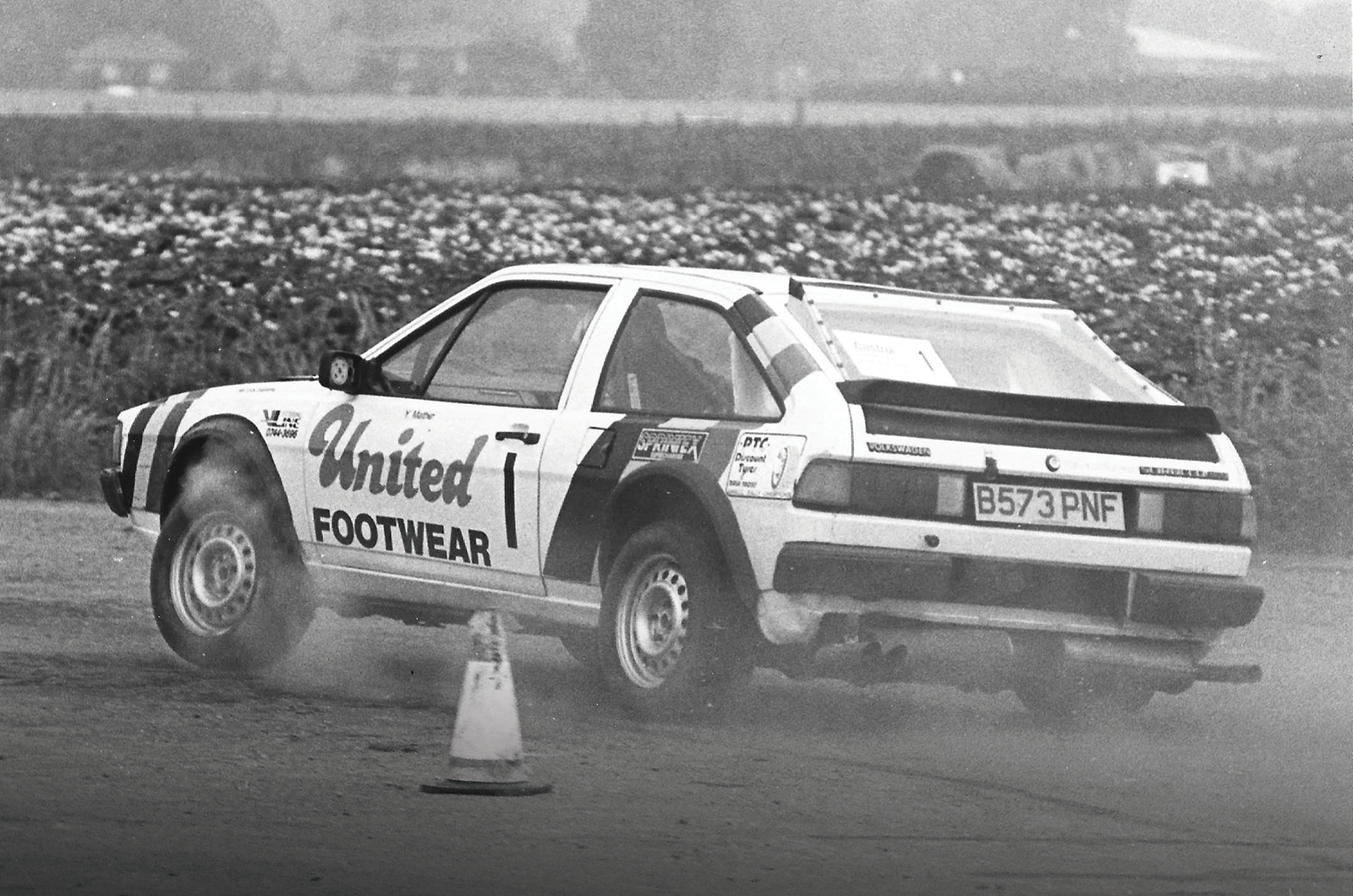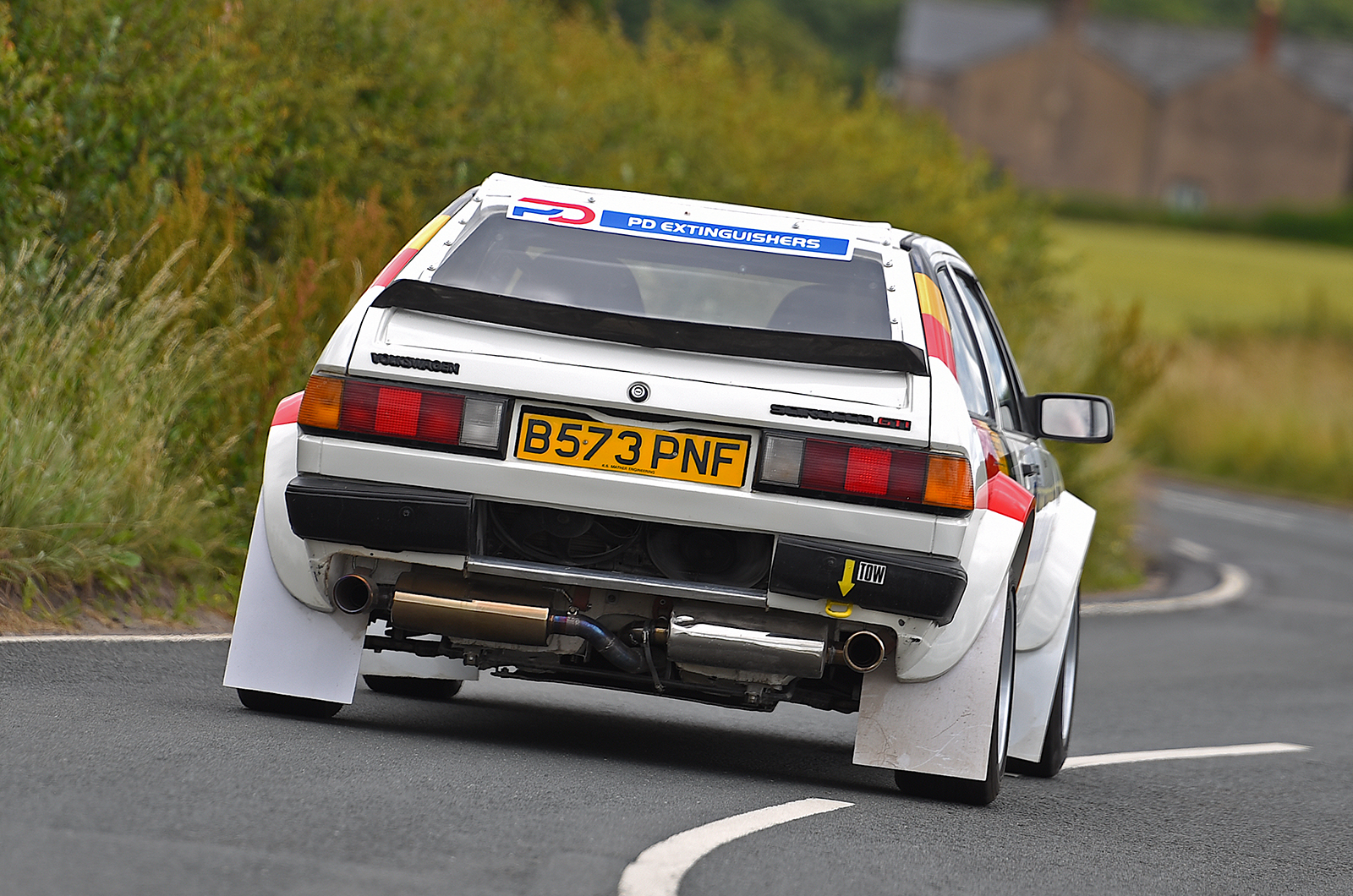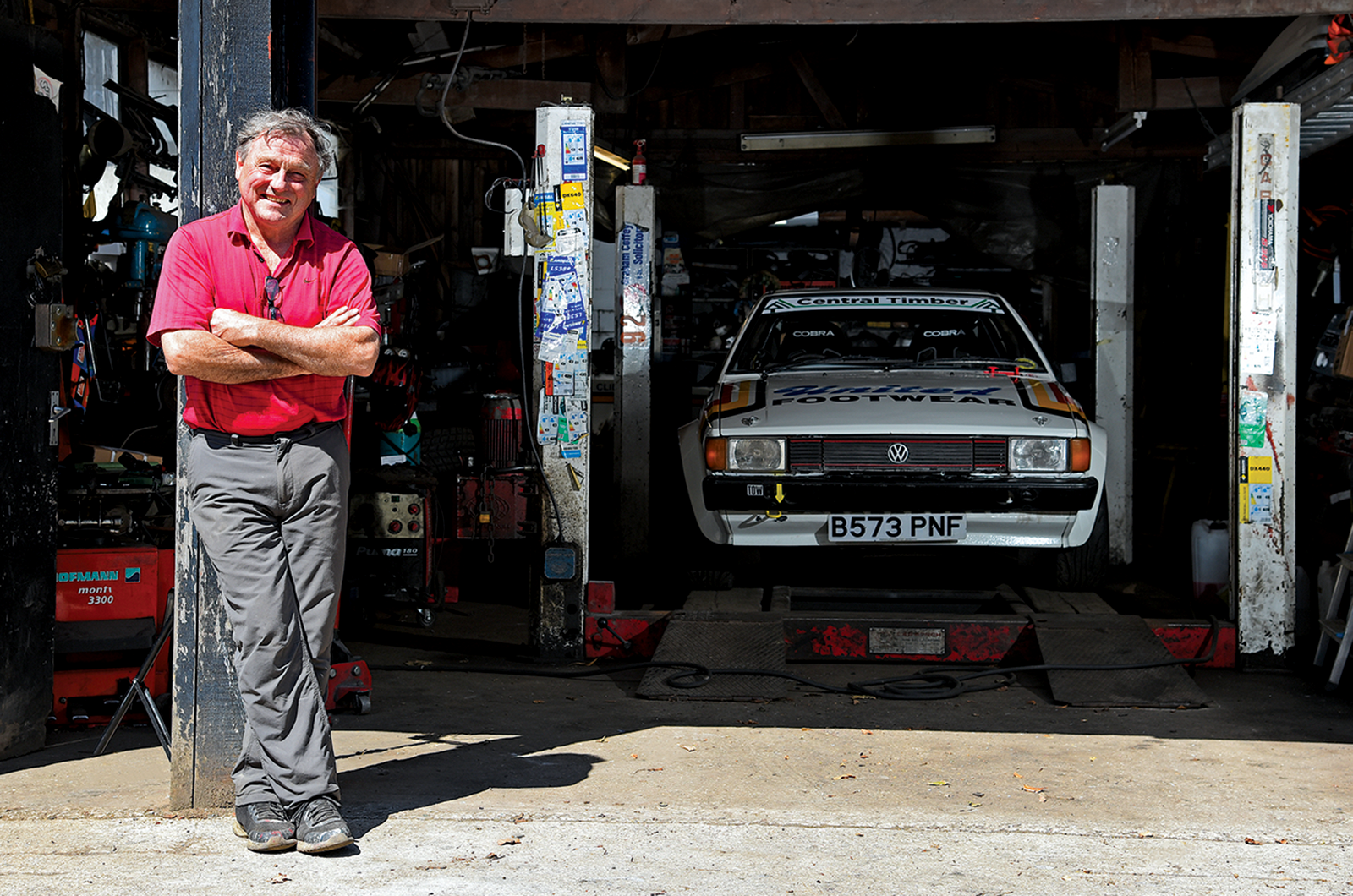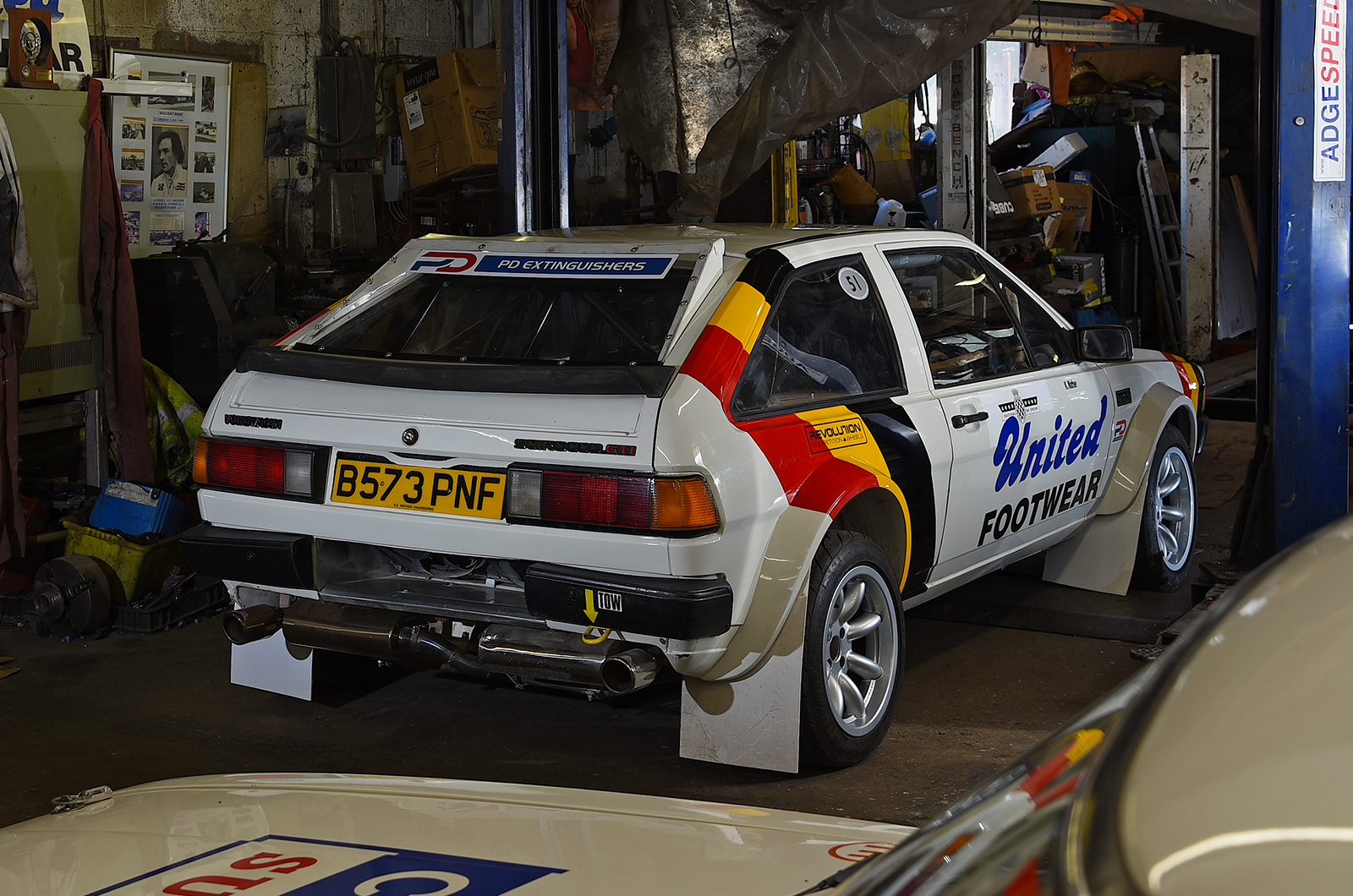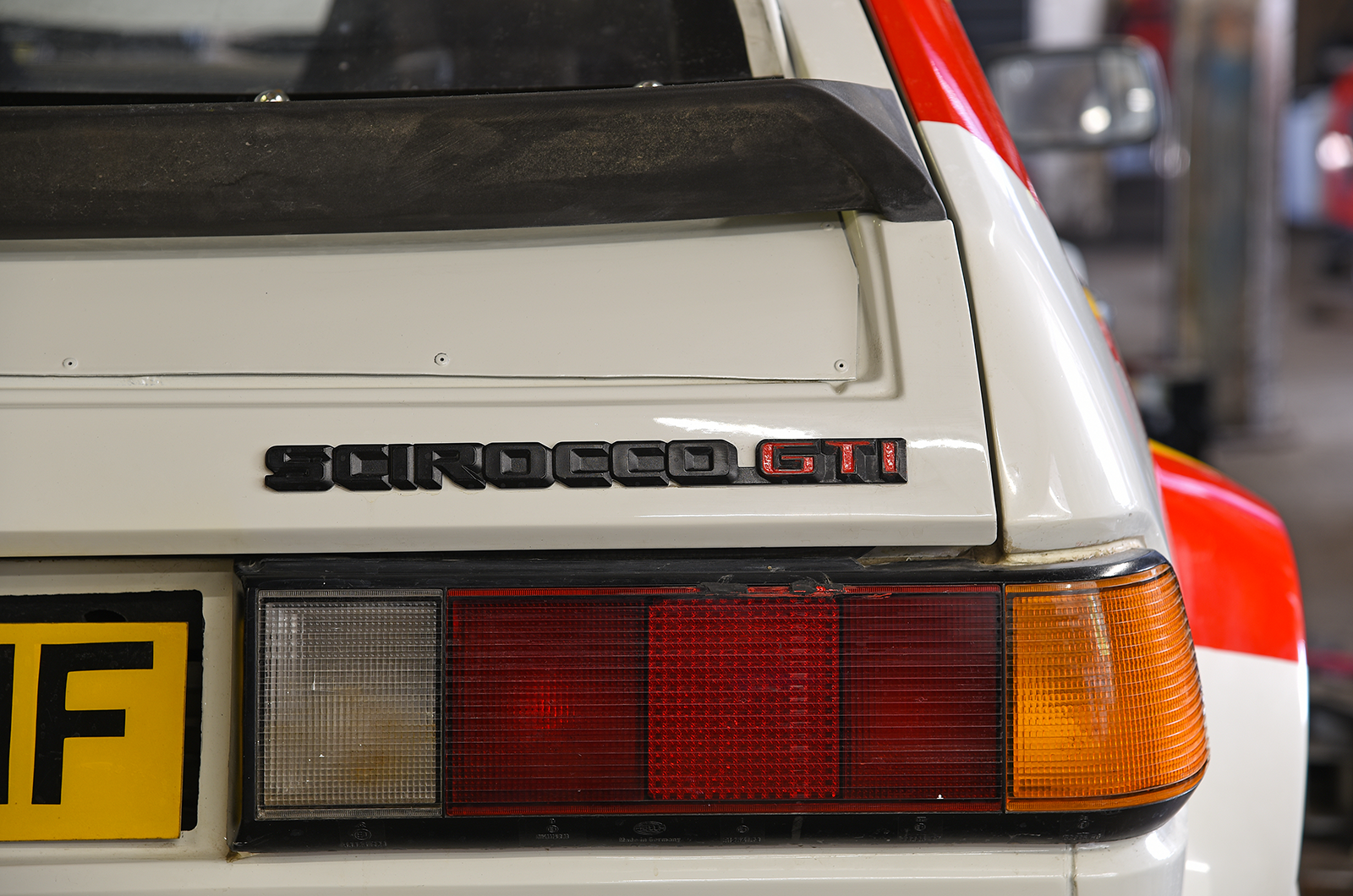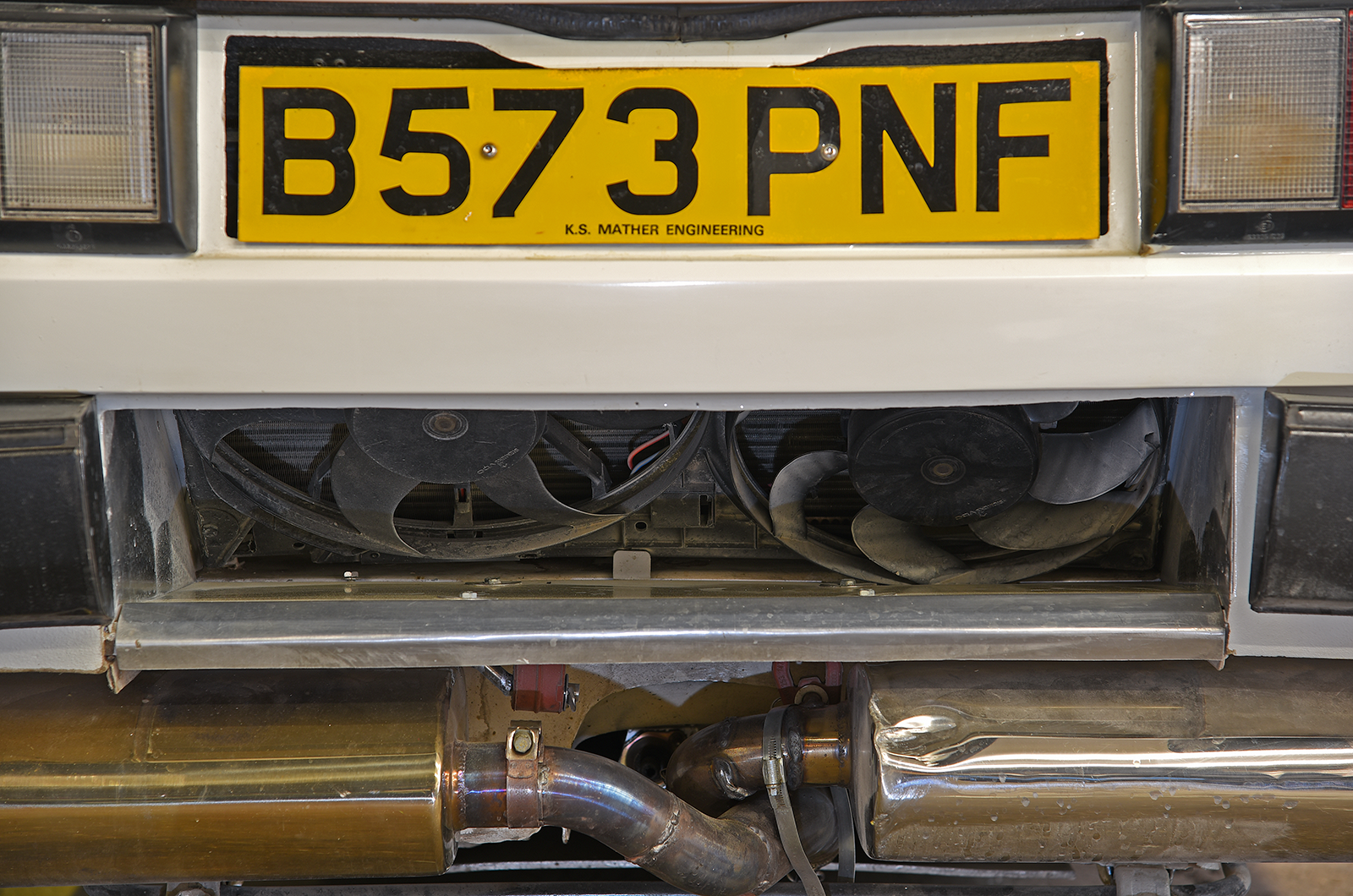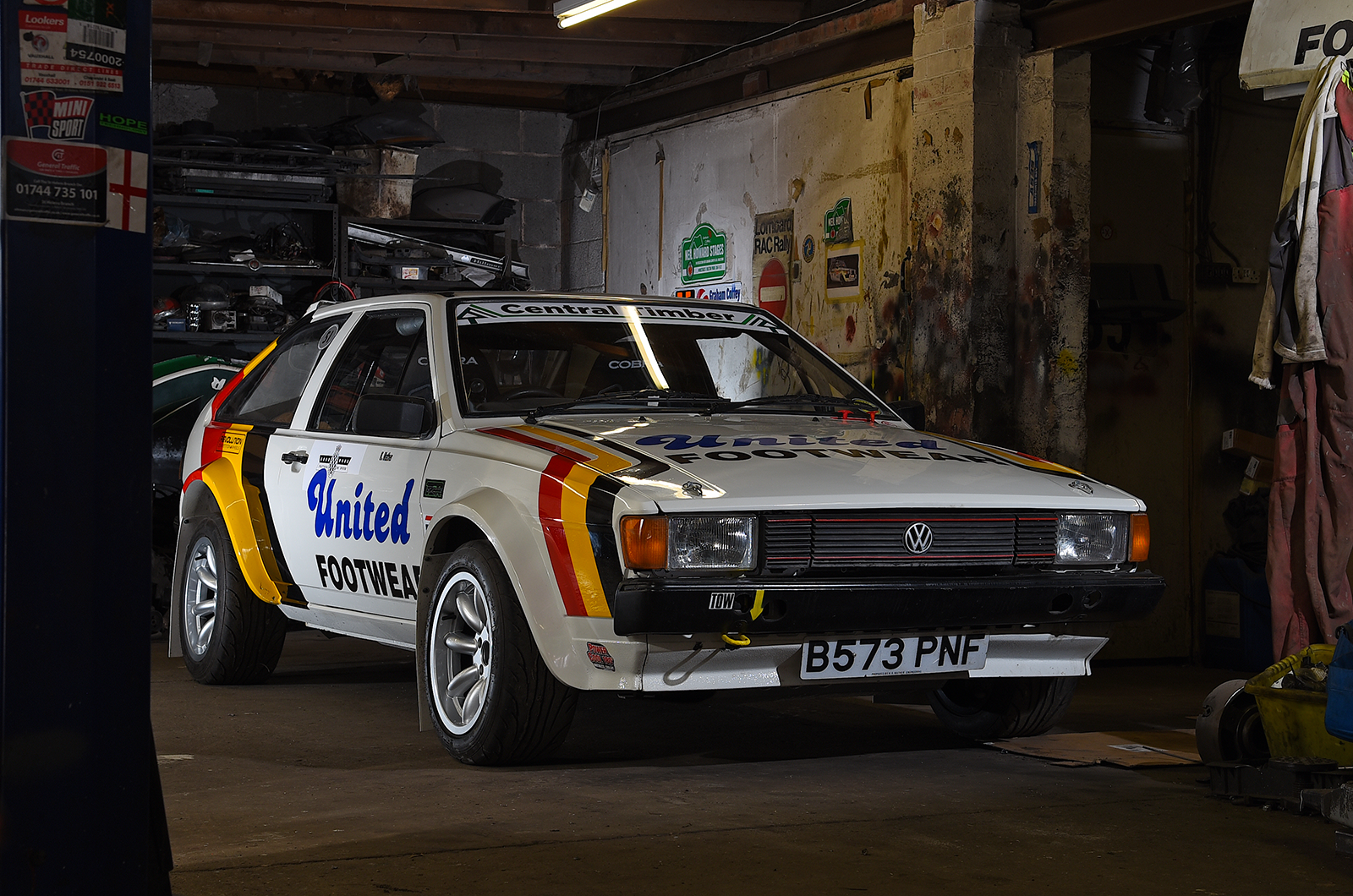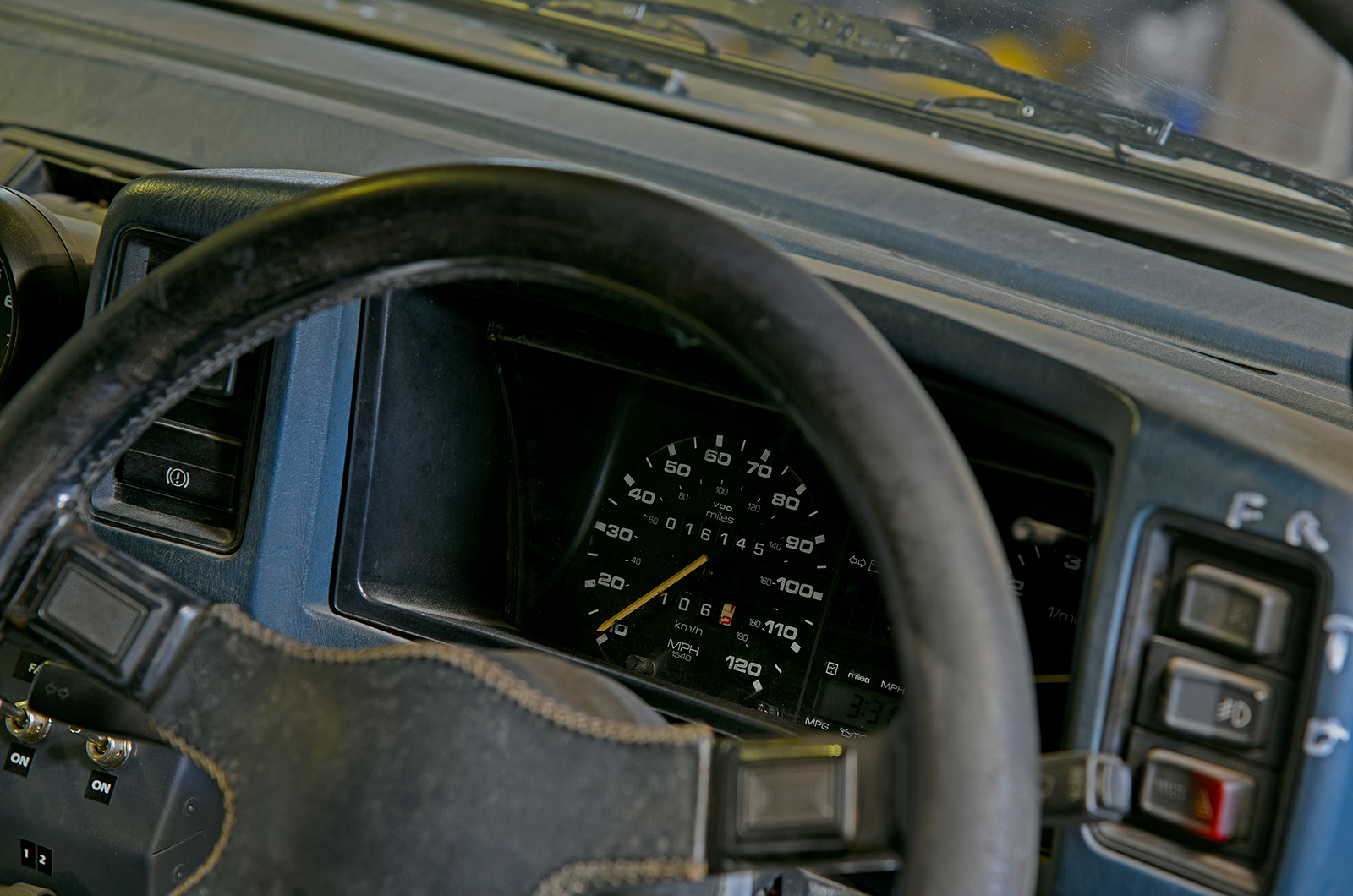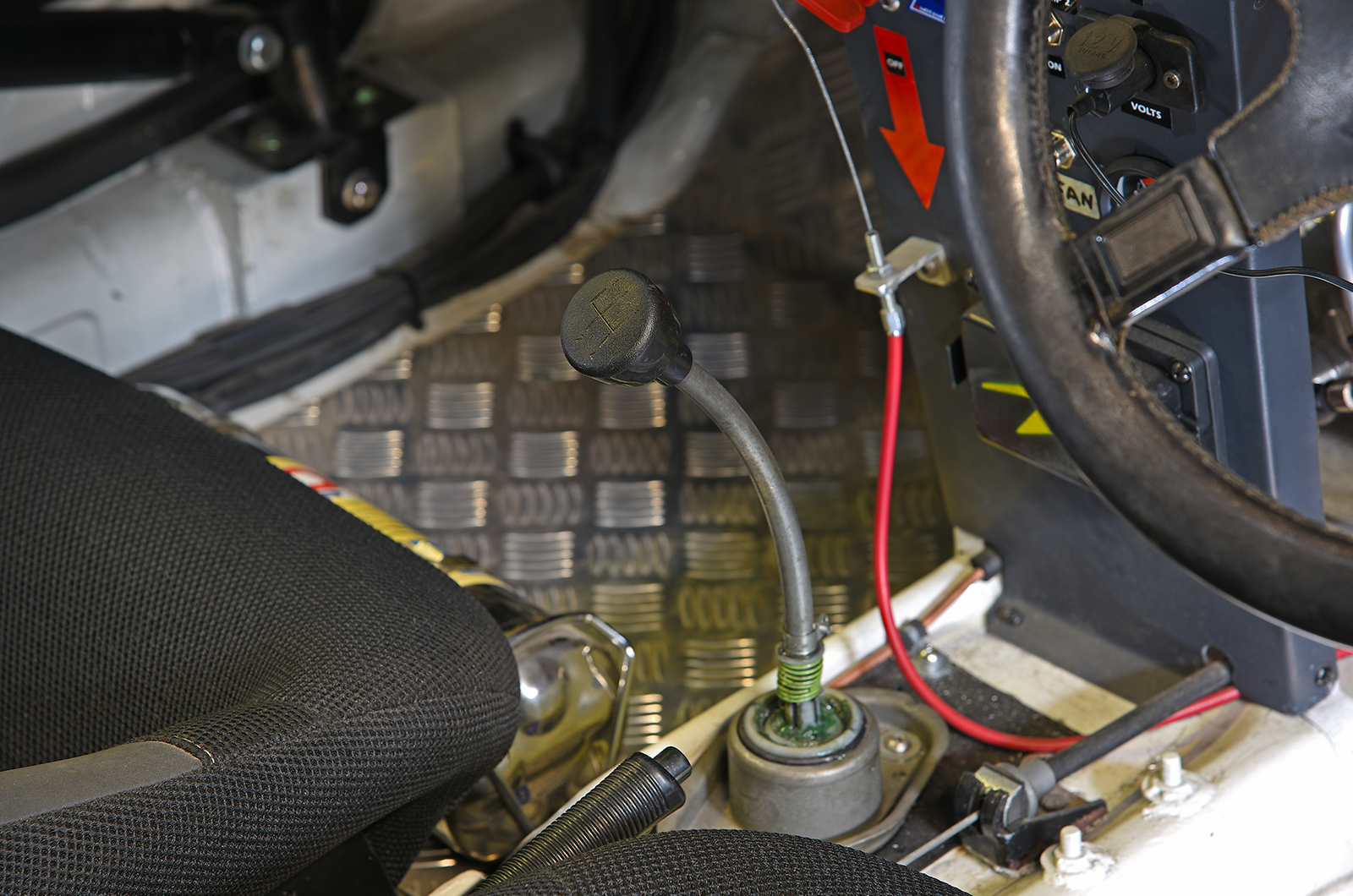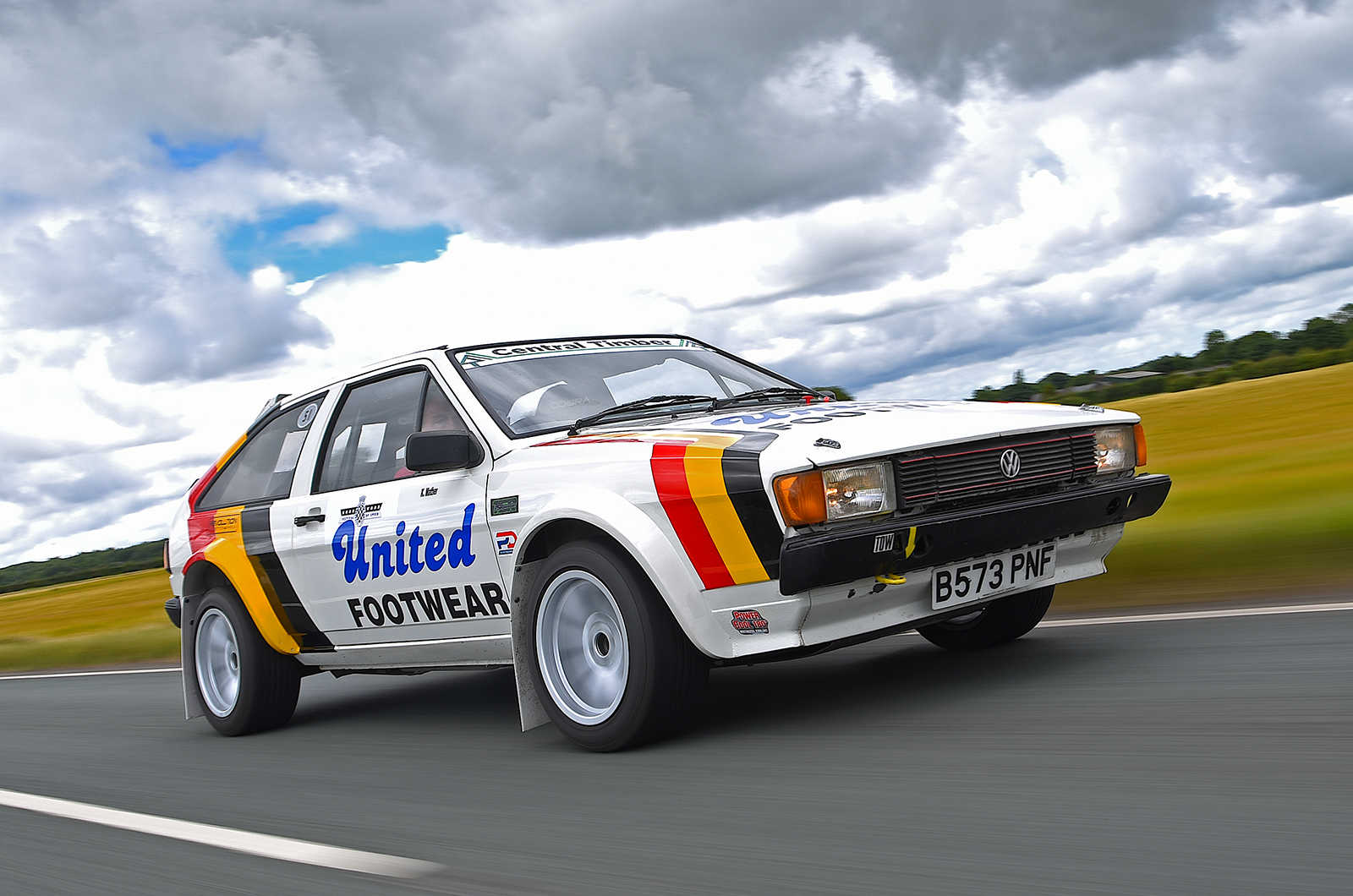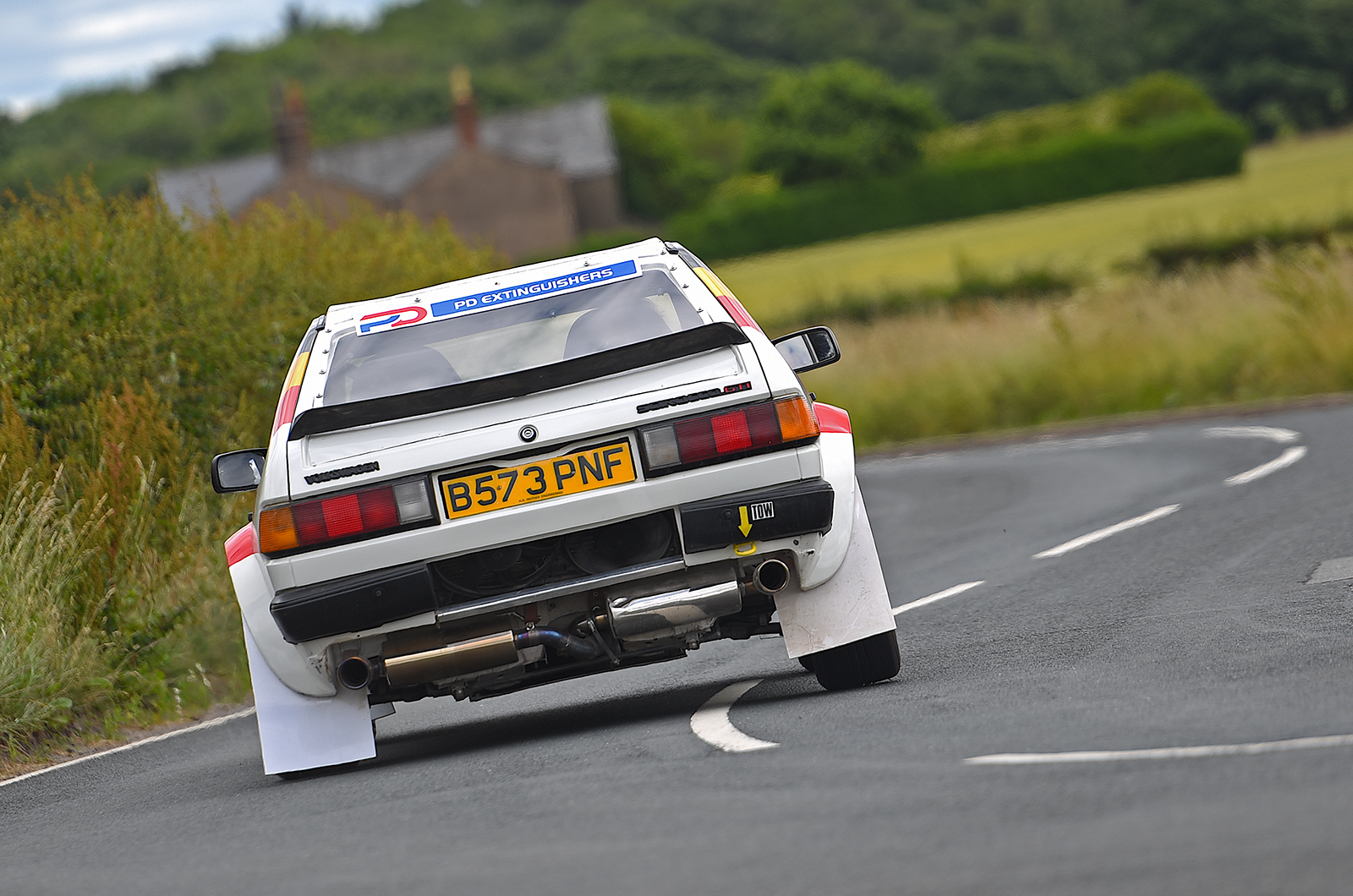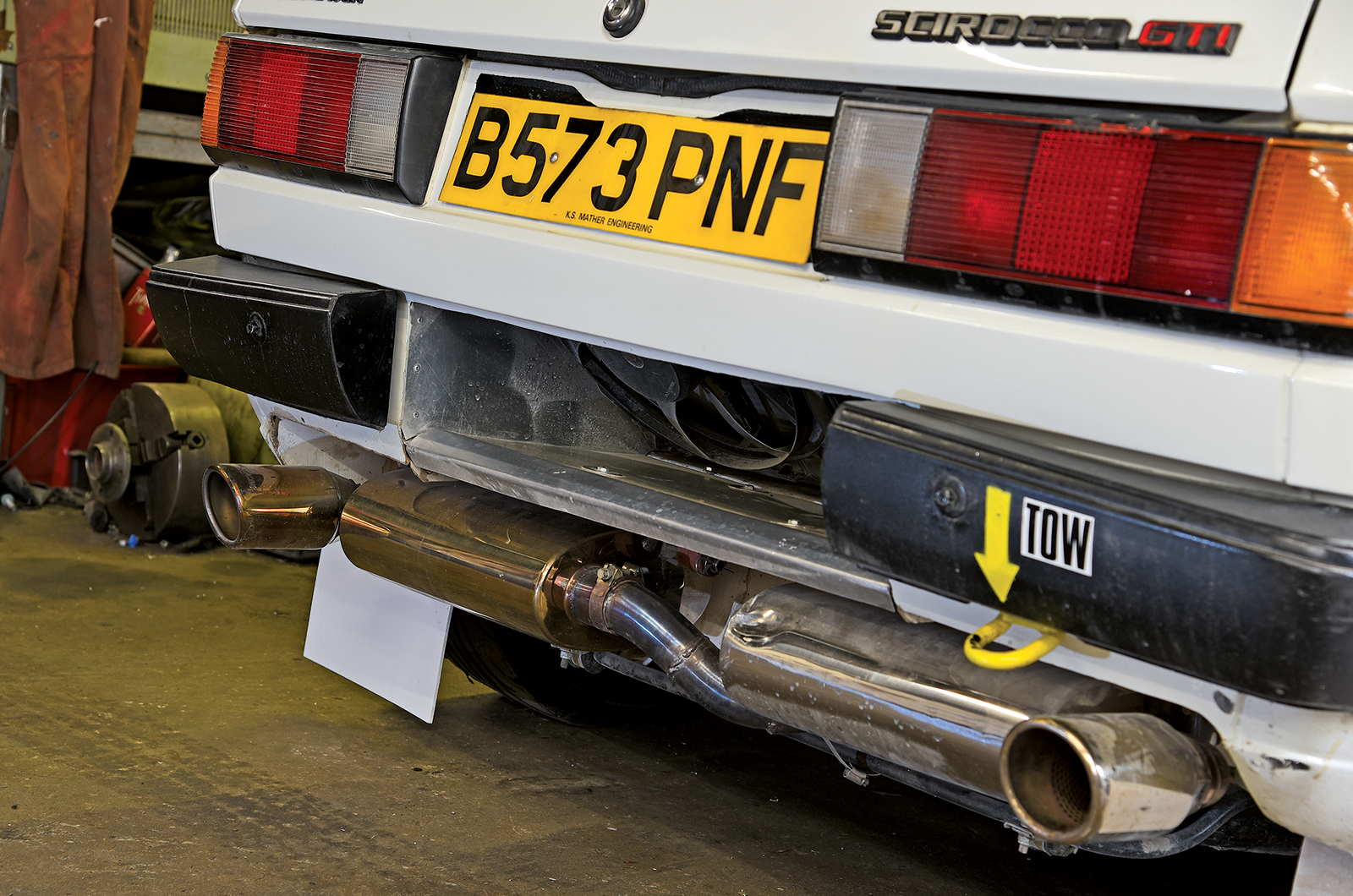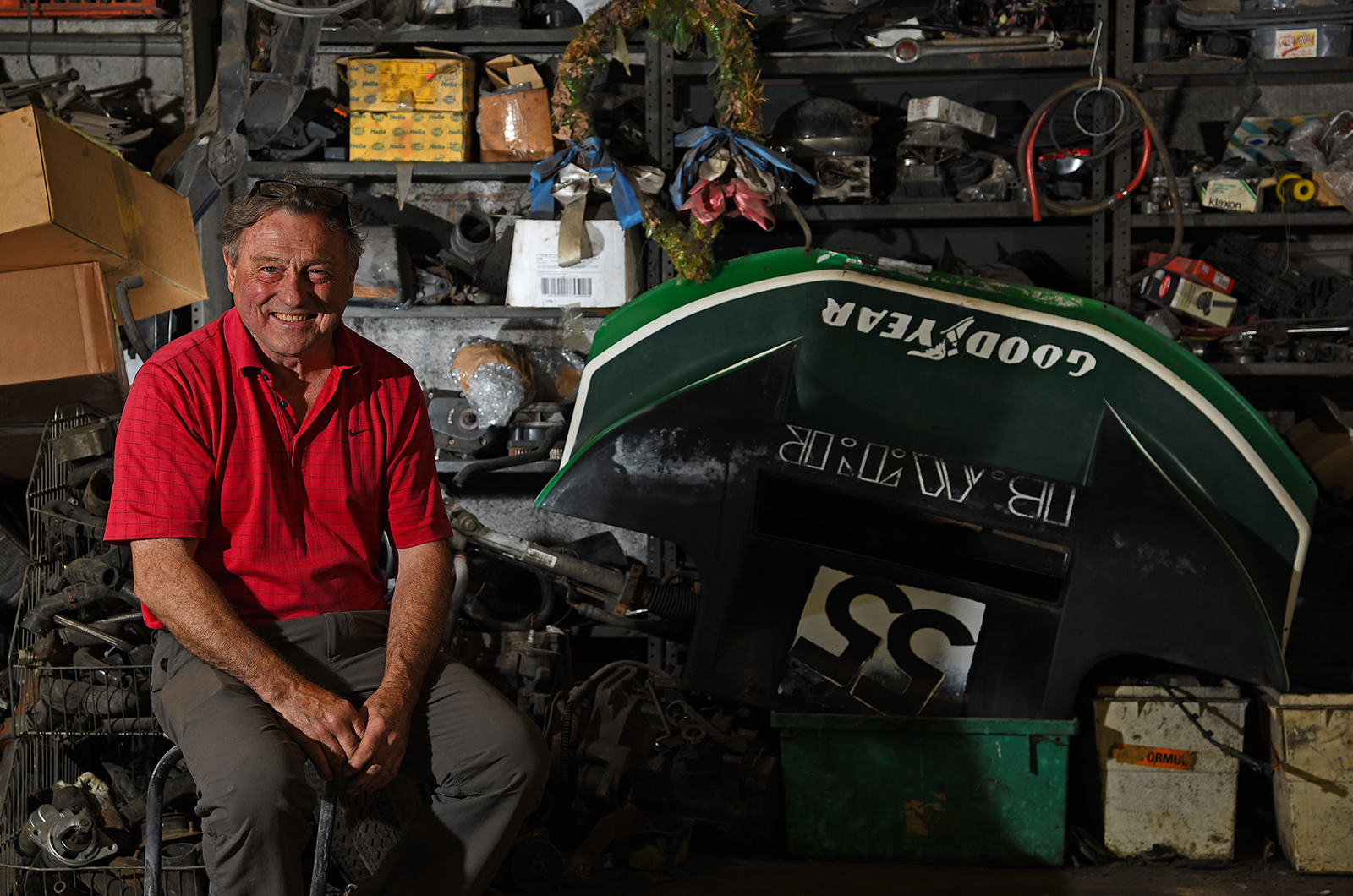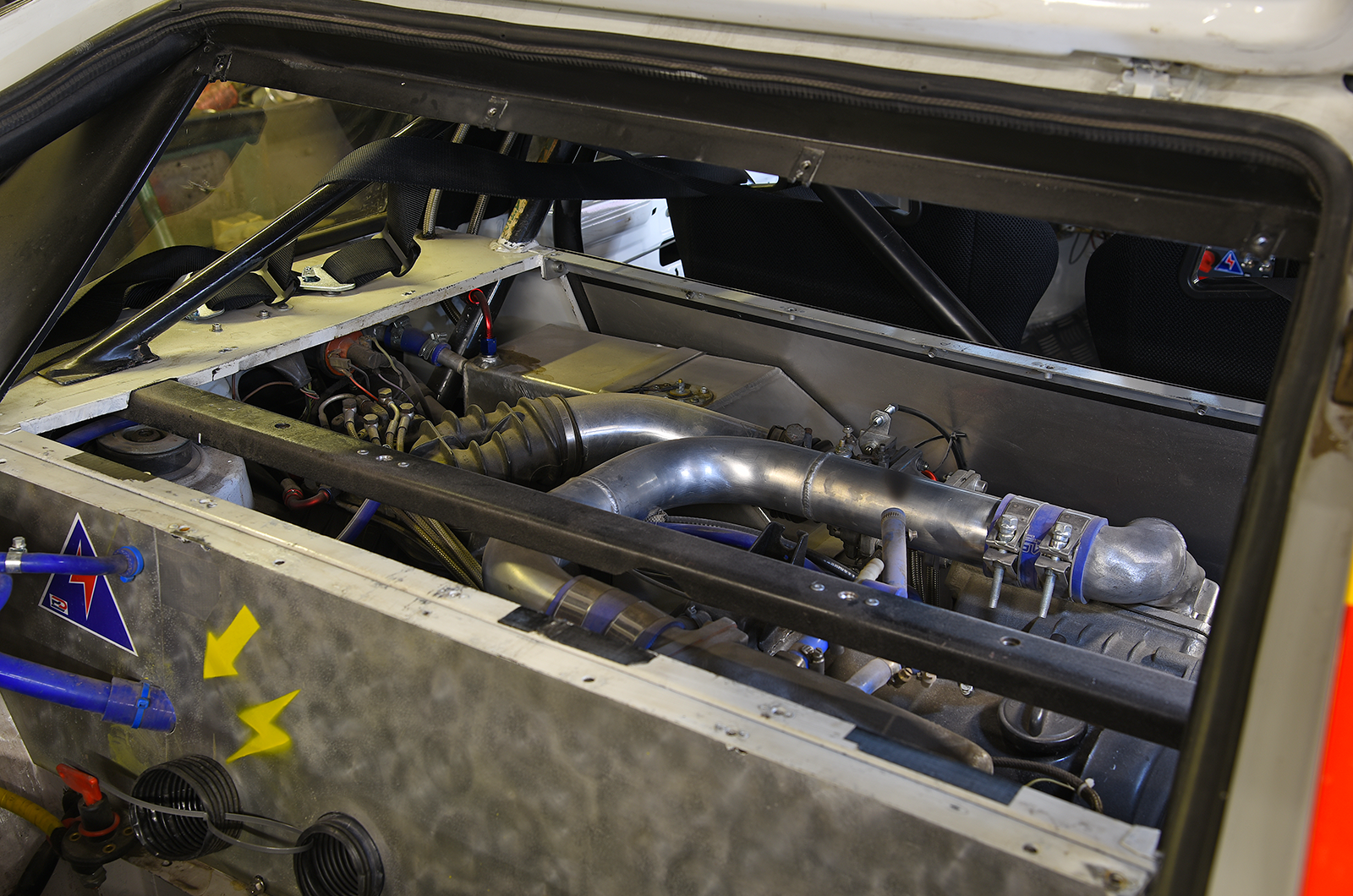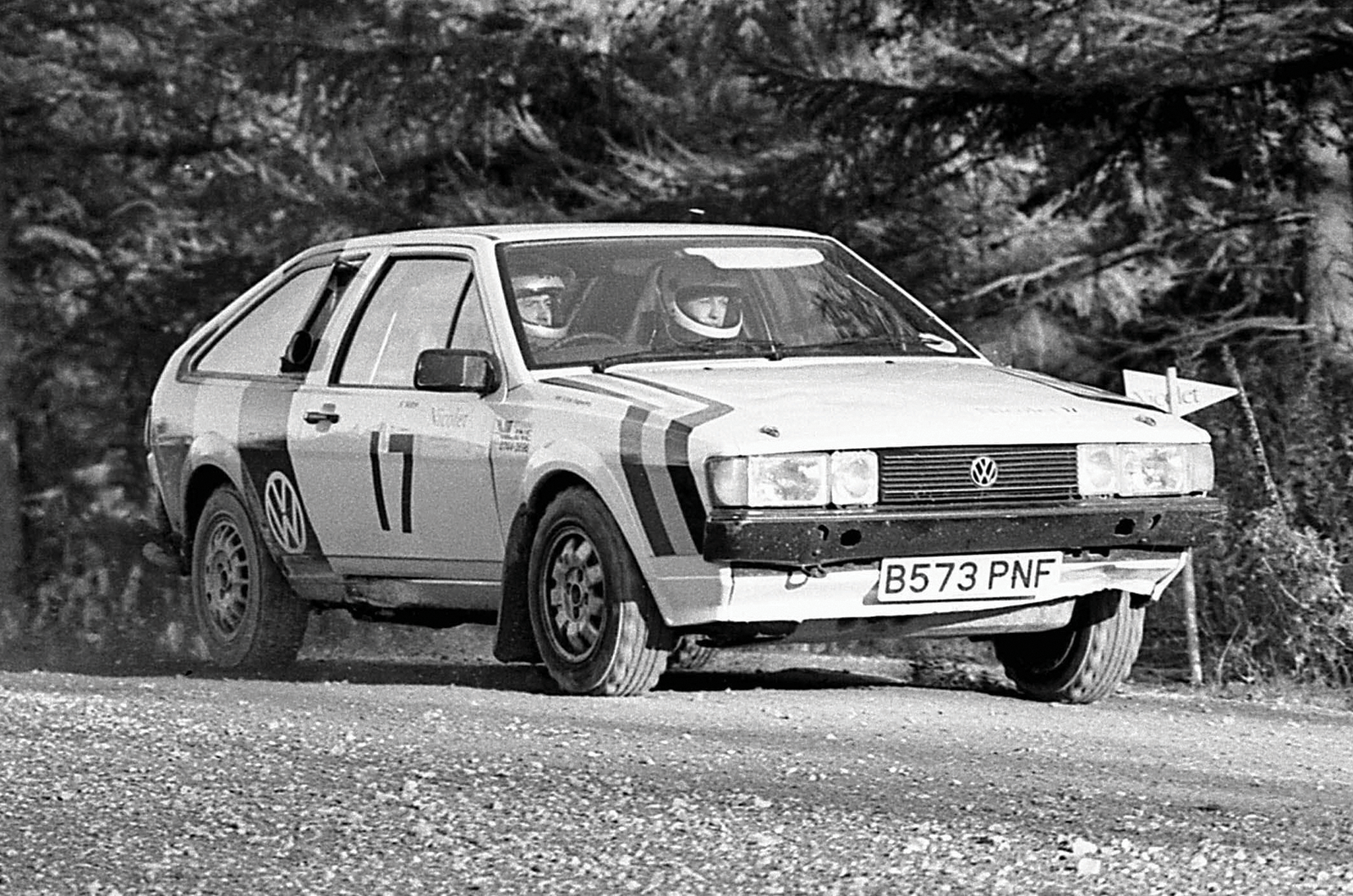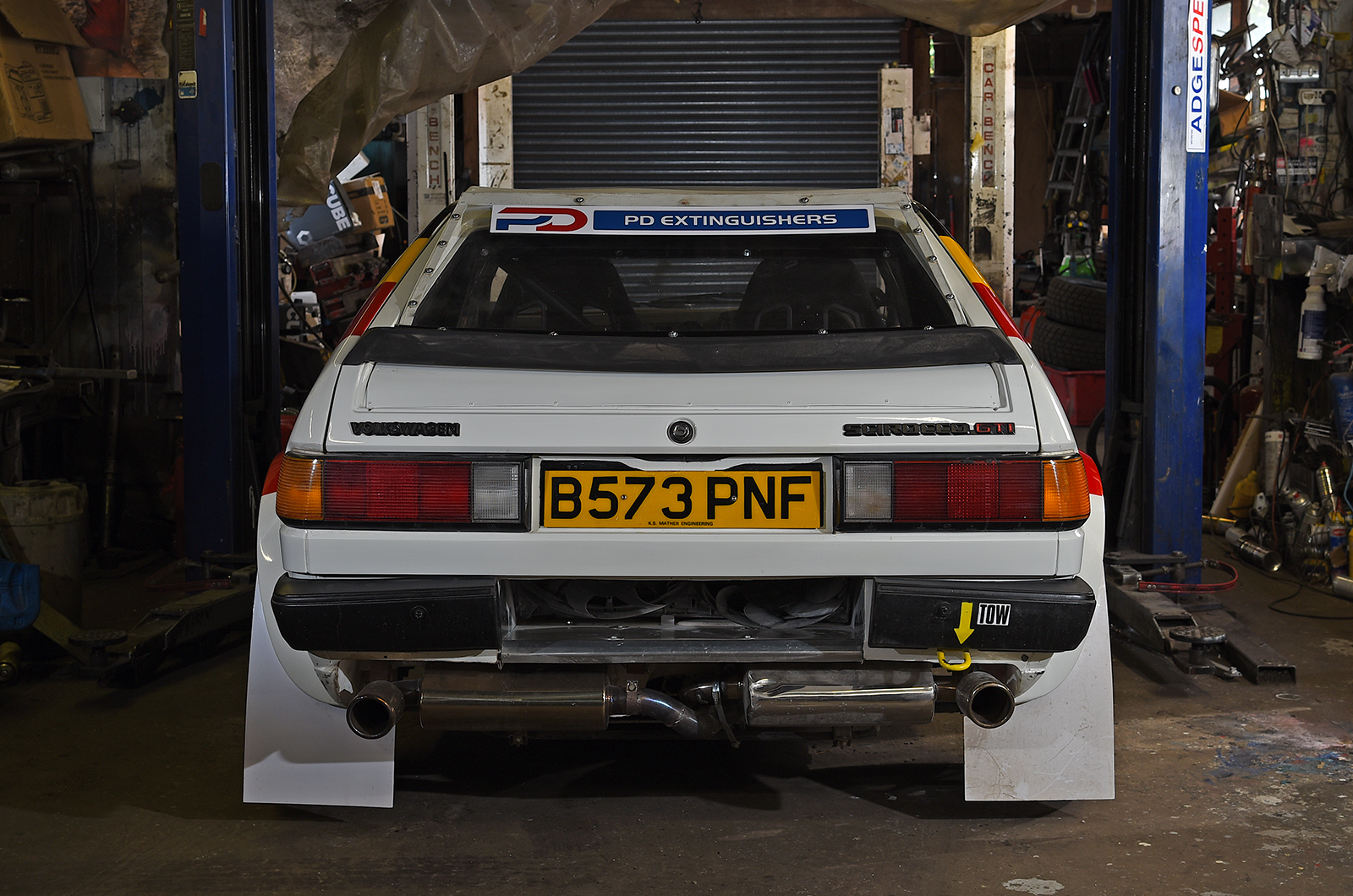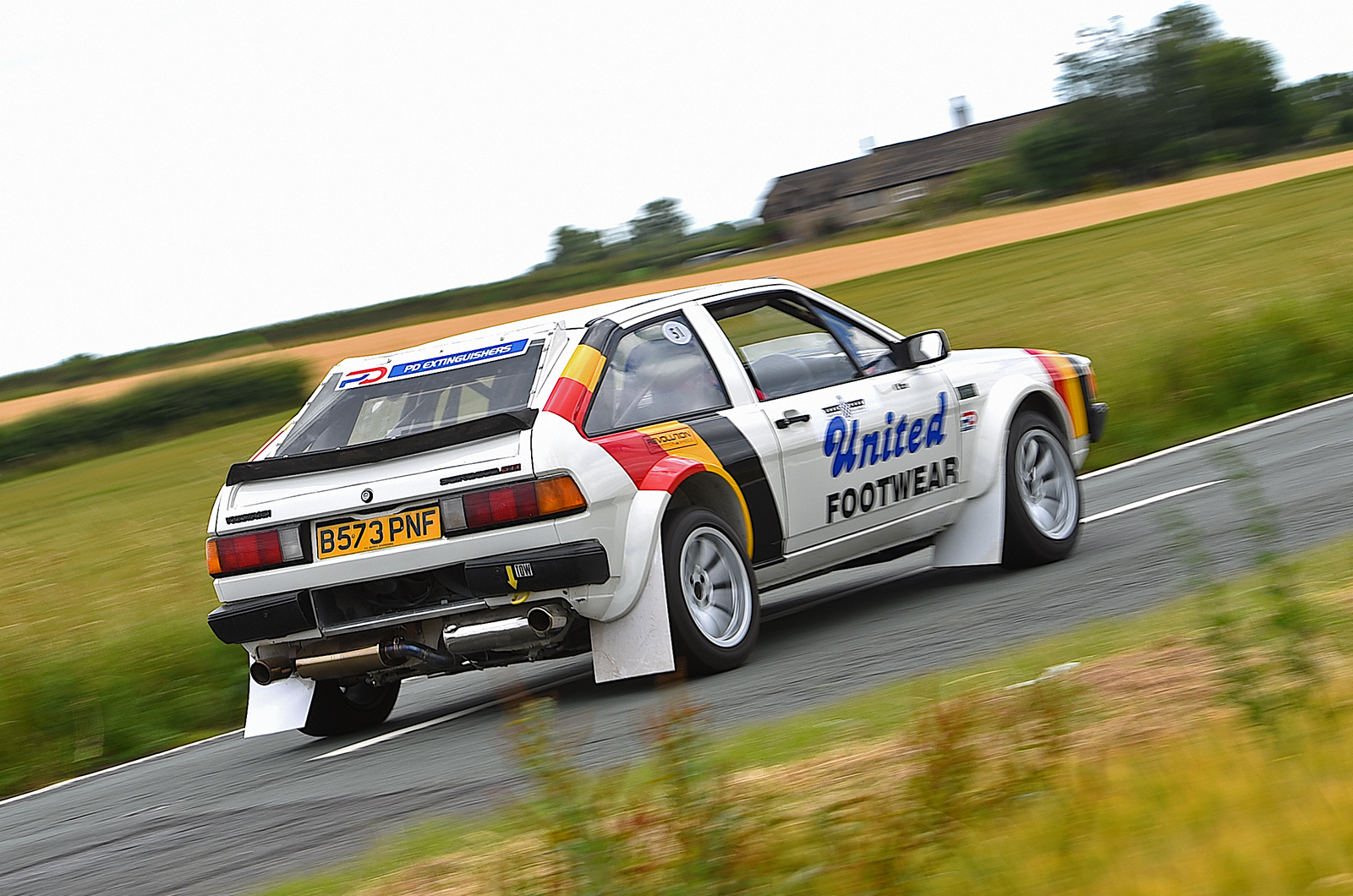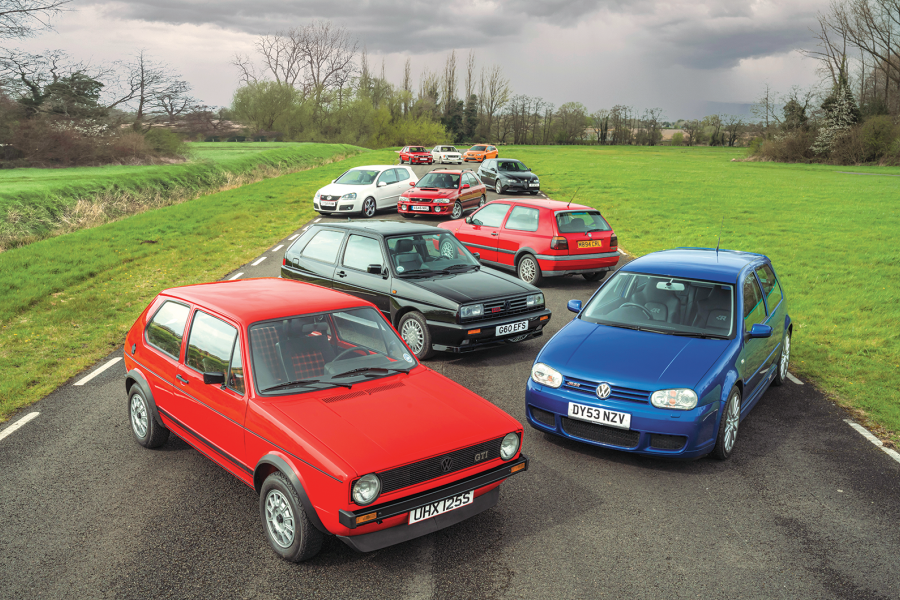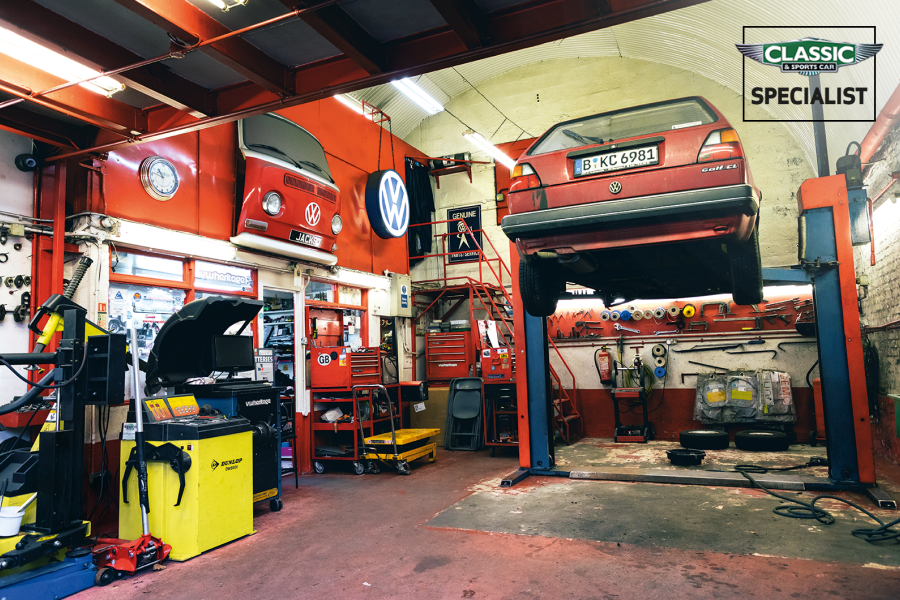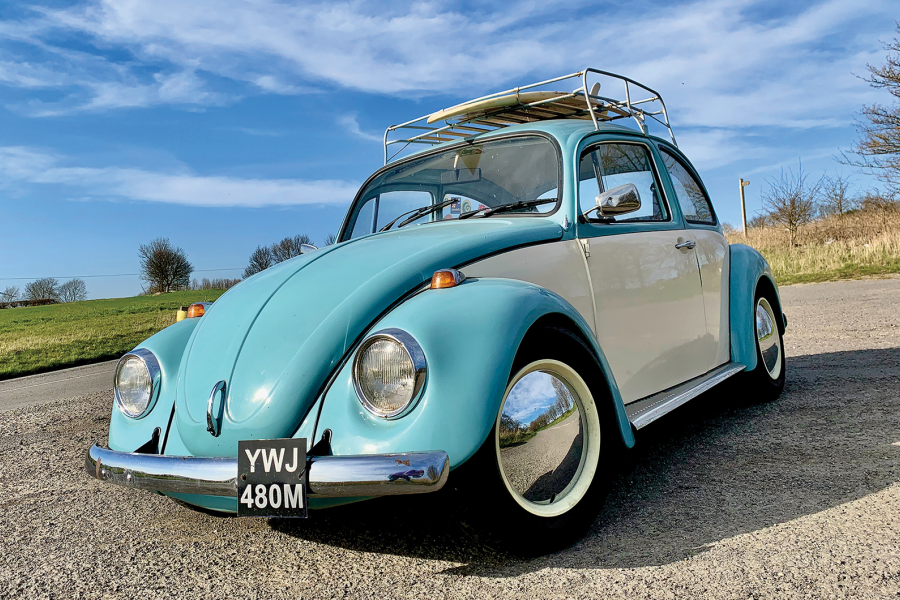Five titles in three seasons made the car a magnet for the media, and for sponsorship: from Autoglass and United Footwear (the latter was run by fellow former Aurora alumnus Alo Lawler).
However, his success soon put Kim in the crosshairs of the rule-makers and the Scirocco was suddenly sidelined.
“Basically, a new rule came in at the end of 1987 which meant that rally cars needed logbooks,” he recalls.
“I applied for one and it never arrived. I wasn’t given a reason, I just didn’t get one. It was all very underhanded.”
The engine from a written-off Scirocco was transplanted into the rear, along with the front bulkhead, suspension and transmission
“Then, for 1989, another change of regulations stated that you couldn’t have an engine where there hadn’t previously been one,” Kim explains. “That got rid of quite a few innovative cars.
“My final event was a sprint in 1988 at Wallasey. Even then, everyone complained.
“I was in the same class as these Hart-engined Škoda clones with glassfibre bodies and their drivers kicked off, especially when I beat them.”
Complaints from competitors and changes to the rulebook put an end to the Scirocco’s competitive career
And then this most visible of rally cars seemingly disappeared.
“It sat outside up against a wall for six years,” Kim tells us. “Then it started getting rusty so I brought it inside the workshop.
“I didn’t do anything with it, though, until I was asked to do a demo during the Promenade Stages Rally in 2000.
“I struggled to get it started, and then everyone took off like idiots, so obviously I did the same, and blew the rear engine.”
“We used to call it ‘Little Hurri,’ as in Hurricane, and won rallies without spending a fortune. That was the whole point”
“I didn’t touch it again until 2019, after I’d been at a celebratory event in Aintree,” says Kim.
“Everyone at our table was old, ill or infirm, and that spurred me on to rebuild it. Then COVID-19 hit and suddenly I had more time.”
Dovetailing the restoration project with fettling his ex-John Weatherley Sunbeam-Lotus, targets came and went prior to the VW being seen in public for the first time in two decades: “It was straightforward because it was all there. It’s just the usual story: lack of money.”
Mastering the volatile twin-engined Scirocco requires driver skill
“I have tried to keep it honest,” he says. “I wanted to maintain the integrity of the car but have made a few changes, including replacing the original twin anti-roll-bar bodge at the front with a single 22mm H&H item.
“It now runs Mercedes-Benz SLK superchargers with 32mm restrictors, which give 10lb of boost.
“I could get a safe 400bhp out of it because it’s running steel head gaskets, but it doesn’t need it.
“If I was building the car now, I would run a dual-clutch gearbox set-up, throttle bodies, management system etc, but I used what was available in the mid-’80s.”
After years in his workshop, Kim’s twin-engined Volkswagen Scirocco is finally back on the road
It went like a champ during its outing in West Sussex, too, even if Kim ran into the thicket of officialdom. Again.
“They wouldn’t let me do a timed run,” he says ruefully. “Honestly, it was a waste of time talking to the scrutineers.
“It had in-date seats, in-date belts, an in-date rollcage, but they took one look at it and…”
Images: Will Williams
Enjoy more of the world’s best classic car content every month when you subscribe to C&SC – get our latest deals here
READ MORE
Four by phwoar: Audi quattro vs Lancia Delta Integrale
Your classic: Volkswagen Scirocco Mk2 GTX
Mercedes-Benz 450SLC 5.0: the world’s least likely rally car?
The man who took the Ford Capri to greatness
Richard Heseltine
Richard Heseltine is a long-time contributor to Classic & Sports Car

